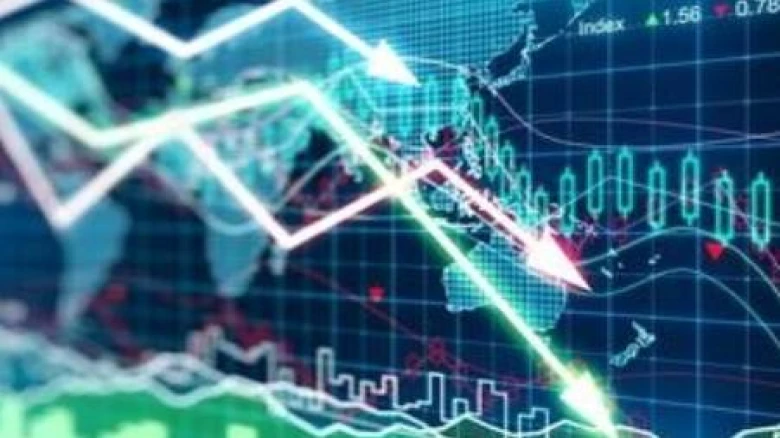Regional

For a number of other Asian economies, the study found no change in the likelihood of a recession. According to economists, there is a 20% possibility that China will experience a recession and a 25% chance that South Korea or Japan will also experience one.
Digital Desk: According to the most recent
Bloomberg survey of analysts, the risk of recession is increasing in a few
Asian economies as higher prices encourage central banks to quicken the speed
at which they raise interest rates.
The likelihood of Sri Lanka entering a recession
in the coming year has increased from 33 percent to 85%, by far the largest
increase in the area. Sri Lanka is currently experiencing its worst economic
crisis ever. The likelihood that New Zealand, Taiwan, Australia, and the
Philippines will experience a recession has also increased, according to
economists, to 33 percent, 20 percent, 20 percent, and 8 percent, respectively.
To combat inflation, the countries' central banks have been boosting interest
rates.
For a
number of other Asian economies, the study found no change in the likelihood of
a recession. According to economists, there is a 20% possibility that China
will experience a recession and a 25% chance that South Korea or Japan will
also experience one.
Comparatively
to those of Europe and the United States, Asian economies have mostly stayed
robust.
According
to Steven Cochrane, chief Asia Pacific economist at Moody's Analytics Inc.,
countries like Germany and France have been the hardest hurt by rising energy
prices, with a ripple effect affecting the rest of that region as well.
mso-fareast-font-family:"Times New Roman"">
According to him, the likelihood of a recession
in Asia is typically between 20 and 25 percent, while that of the US and Europe
is between 40 and 55 percent.
According to Bloomberg Economics' estimate, the
likelihood of a US recession within the next 12 months has increased from a
mere 0% just a few months ago to 38%. This model takes into account a range of
variables, including the difference in yields between the 10-year and 3-month
Treasury securities, consumer survey data, and housing permits.
mso-fareast-font-family:"Times New Roman"">
"Times New Roman"">
"Times New Roman"">
Leave A Comment